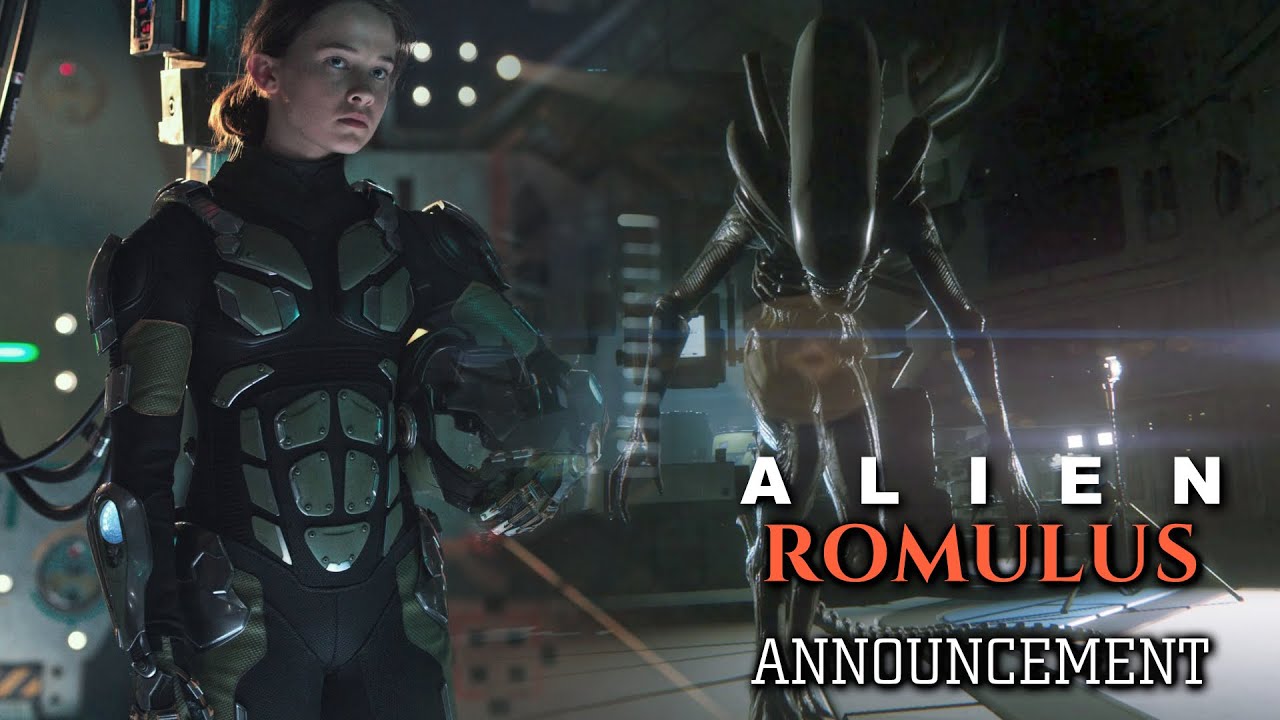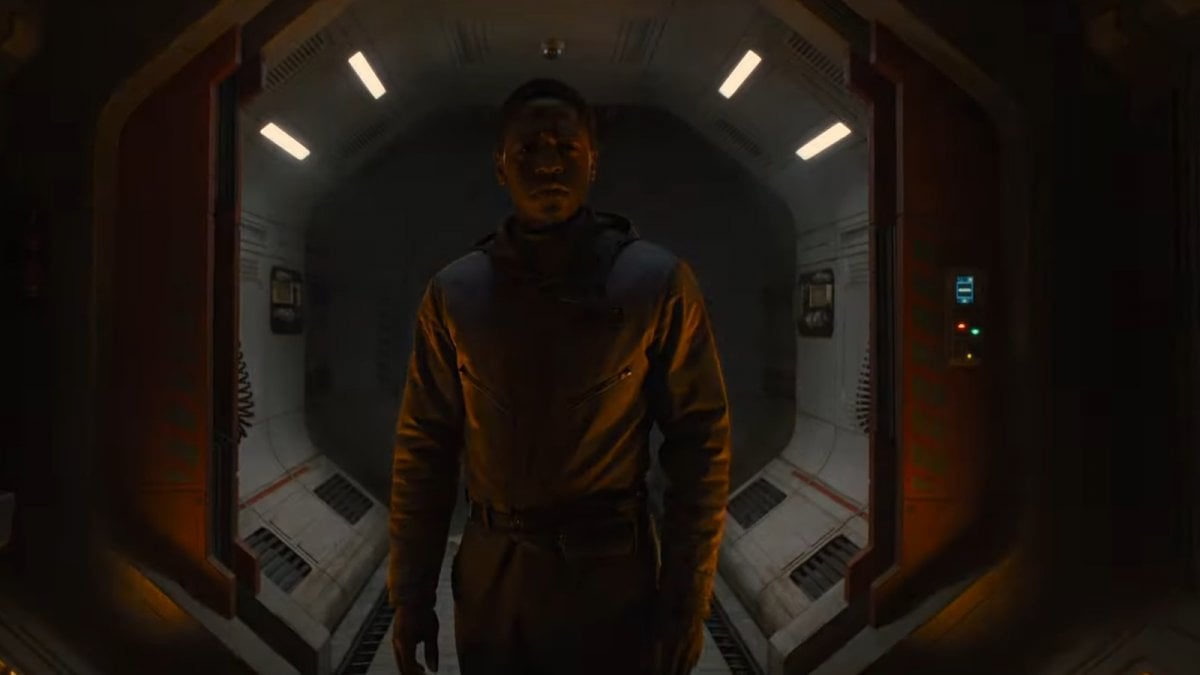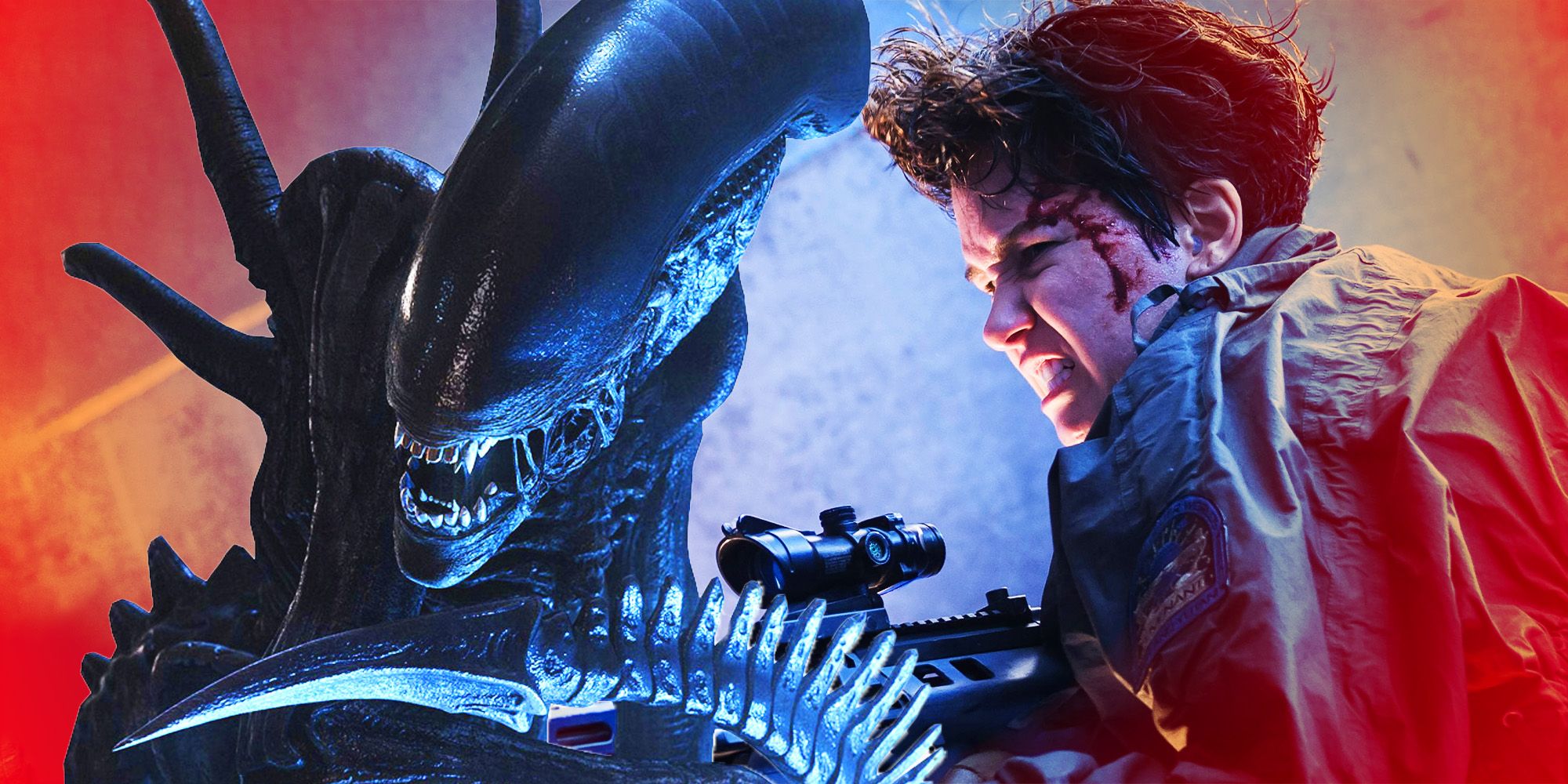The Evolution of the Alien Franchise: Alien Romulus Actors Battled Lifelike Creatures To Bring The Film Back To Its Horror Roots

The “Alien” franchise, a cornerstone of science fiction horror, has undergone a significant evolution over its four decades. From the chilling claustrophobia of the original film to the action-packed spectacle of later installments, the series has navigated a complex path, embracing new directions while grappling with the legacy of its iconic beginnings.
The Shift in Tone and Themes
The original “Alien” (1979), directed by Ridley Scott, established the franchise’s core themes of isolation, vulnerability, and the existential dread of facing the unknown. The film’s claustrophobic atmosphere, driven by the confined setting of the Nostromo spaceship, heightened the sense of vulnerability and fear. The Xenomorph, a terrifying and unpredictable creature, served as a symbol of the primal, alien nature that lurks beyond human understanding.
Subsequent films, particularly those directed by James Cameron (“Aliens”, 1986) and David Fincher (“Alien 3”, 1992), explored different facets of the “Alien” universe. “Aliens” shifted the focus towards action and militarism, depicting a battle against a hive of Xenomorphs in a futuristic, militarized setting. “Alien 3” delved into themes of isolation, captivity, and the struggle for survival against a backdrop of a desolate prison planet.
The Introduction of Action-Oriented Elements
The introduction of action-oriented elements in “Aliens” significantly impacted the horror aspects of the series. While the original film emphasized suspense and psychological horror, “Aliens” leaned heavily on action sequences and the spectacle of combat against the Xenomorphs. This shift in focus, driven by the director’s preference for action-driven narratives, led to a more overt and less subtle approach to horror.
Creature Designs and their Impact on the Horror Factor
The Xenomorph design has undergone various iterations across the franchise, each reflecting the distinct aesthetic and thematic concerns of the respective films. The original Xenomorph, designed by H.R. Giger, embodied a terrifying blend of organic and mechanical elements, its sleek, black body and biomechanical features evoking a sense of alienness and primal terror.
The Xenomorphs in “Aliens” retained the basic Giger design but were given a more muscular and aggressive appearance, reflecting the film’s emphasis on action and combat. In later films, the Xenomorphs were further modified, sometimes incorporating elements of other species or showcasing variations in size and morphology.
The Significance of Romulus in the “Alien” Universe

Romulus, a desolate and enigmatic planet in the “Alien: Covenant” film, serves as a crucial turning point in the “Alien” franchise, adding layers of complexity to the established narrative and raising profound questions about the origins of the Xenomorphs, the nature of humanity, and the consequences of unchecked technological ambition.
Romulus as a Potential Source of the Xenomorphs
The discovery of the Engineer’s black goo on Romulus and its subsequent interaction with the crew of the Covenant provides a compelling origin story for the Xenomorphs. The black goo, a bioweapon engineered by the Engineers, possesses the ability to transform living organisms into monstrous creatures. This revelation suggests that the Xenomorphs might not be a natural phenomenon but rather a product of the Engineers’ advanced technology.
- The Engineers, a technologically advanced species, are revealed to have created the Xenomorphs as a biological weapon, potentially as a means of controlling or eliminating other life forms.
- The black goo, when combined with organic matter, triggers a rapid and violent transformation, resulting in the birth of the Xenomorphs.
- The discovery of the black goo on Romulus adds a new layer of intrigue to the “Alien” franchise, suggesting that the Xenomorphs are not merely a natural phenomenon but a product of advanced alien technology.
Exploring the Horror Elements in “Alien: Covenant”

“Alien: Covenant” ventures into the realm of cosmic horror, drawing upon the franchise’s established themes of isolation, paranoia, and the unsettling nature of the unknown. The film masterfully employs various horror elements, creating a terrifying atmosphere that lingers long after the credits roll.
The Effectiveness of Suspense in Creating a Terrifying Atmosphere
Suspense is a crucial element in horror, building tension and anticipation in the audience. “Alien: Covenant” excels in this regard, utilizing slow-burn suspense to heighten the dread. The film’s opening scene, where the crew awakens from hypersleep to discover a desolate, seemingly abandoned planet, immediately sets a tone of unease. The eerie silence and the sense of isolation contribute to the growing tension, leaving the audience on edge, waiting for the inevitable horror to unfold.
The Use of Gore and Its Impact on the Audience
“Alien: Covenant” does not shy away from graphic violence and gore, which is used sparingly but effectively to shock and disturb the audience. The Xenomorphs’ brutal and visceral attacks are depicted with disturbing detail, emphasizing their alien nature and the sheer power they wield. The film’s use of gore is not gratuitous but serves to underscore the threat posed by the creatures and the vulnerability of the human characters.
The Exploration of Psychological Horror in “Alien: Covenant”, Alien romulus actors battled lifelike creatures to bring the film back to its horror roots
“Alien: Covenant” delves into psychological horror, exploring the themes of paranoia, fear, and the breakdown of trust within a confined space. The crew’s isolation and the constant threat of the Xenomorphs lead to a sense of claustrophobia and a breakdown of communication, as suspicion and fear take root. The film’s use of psychological horror is subtle yet effective, as it slowly unravels the characters’ sanity and highlights the devastating impact of fear on human behavior.
The Alien Creatures as Symbols of Dread and Fear
The Xenomorphs, the iconic creatures of the “Alien” franchise, are a constant source of dread and fear in “Alien: Covenant.” Their alien biology, predatory instincts, and relentless pursuit instill a sense of primal terror in the audience. The film’s use of sound design and visual effects effectively conveys the creatures’ power and unpredictability, creating a palpable sense of dread that permeates the entire film.
Alien romulus actors battled lifelike creatures to bring the film back to its horror roots – Imagine the alien actors from Romulus battling lifelike creatures on set, trying to make their horror film as authentic as possible. After a long day of filming, they’d probably appreciate relaxing in a realtree pink camo zero gravity chair between takes.
The chair’s comfortable design and unique camo pattern would be a welcome break from the intense filming schedule, keeping them refreshed and ready for the next terrifying scene.
Imagine the alien actors from Romulus battling those lifelike creatures on set, all while trying to stay cool under the hot studio lights. They could probably use a break in an xl zero gravity chair with canopy and footrest to recharge between takes.
After all, bringing the horror back to the film requires some serious energy, and a comfy chair with a canopy can help keep them focused and ready for the next terrifying scene.